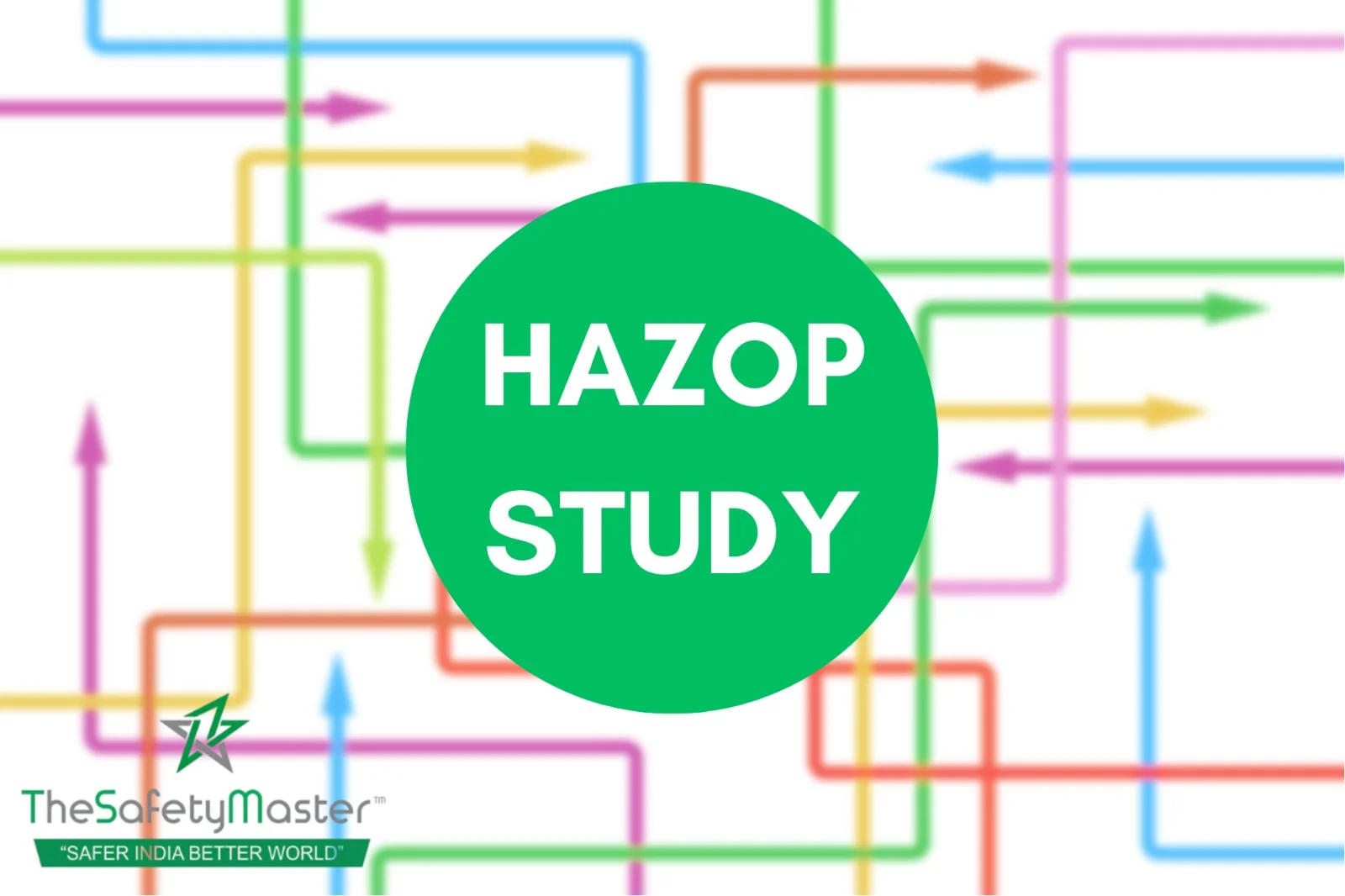HAZOP vs. Bowtie Analysis: Which Risk Assessment Method is Better?

What is a HAZOP Study and How Does It Work?
A HAZOP Study (Hazard and Operability Study) is a structured and systematic technique used in process industries to identify potential hazards and operational issues. It is a qualitative risk assessment method that examines processes by dividing them into smaller components and analyzing each element for deviations from normal operations.
The HAZOP methodology follows a step-by-step approach using predefined guide words such as “more,” “less,” “as well as,” and “instead of” to explore potential deviations. A multidisciplinary team, including engineers, operators, and safety professionals, conducts the study to ensure a thorough risk evaluation.
Key Features of HAZOP Study:
-
Focuses on process deviations and their causes.
-
Conducted by a multidisciplinary team to analyze system vulnerabilities.
-
Helps in identifying potential hazards and suggesting preventive measures.
-
Widely used in industries such as oil & gas, chemicals, and pharmaceuticals.
What is Bowtie Analysis and How Does It Work?
Bowtie Analysis is a visual risk assessment method that combines qualitative and semi-quantitative elements to assess safety barriers and potential failure points. The technique is named after its bowtie-like diagram, which represents the connection between hazards, potential threats, control measures, and consequences.
Bowtie Analysis is particularly useful for understanding how safety barriers can prevent hazardous events and mitigate their impact. It is often used in industries such as aviation, chemical processing, and mining to improve risk communication and decision-making.
Key Features of Bowtie Analysis:
-
Provides a clear visual representation of risk factors.
-
Emphasizes both prevention and mitigation strategies.
-
Identifies weak points in safety barriers.
-
Helps in regulatory compliance and risk management.
HAZOP vs. Bowtie Analysis: What Are the Key Differences?
| Criteria | HAZOP Study | Bowtie Analysis |
|---|---|---|
| Approach | Systematic, structured study | Visual, graphical representation |
| Objective | Identify deviations and their causes | Analyze risks, threats, and barriers |
| Industries | Chemical, Oil & Gas, Pharmaceuticals | Aviation, Manufacturing, Mining |
| Focus | Process safety deviations | Preventive & mitigation controls |
| Complexity | In-depth and detailed analysis | Simplified, high-level overview |
Both methods play a crucial role in Process Safety Management, but they serve different purposes. While HAZOP focuses on identifying and analyzing deviations in a process, Bowtie Analysis provides a broader picture of risk management by visualizing causes, barriers, and consequences.
When to Use HAZOP and When to Use Bowtie Analysis?
Use HAZOP When:
✔ You need a detailed, systematic analysis of process deviations.
✔ Your focus is on operational hazards and failure scenarios.
✔ The industry involves complex chemical or engineering processes.
✔ You require a structured team-based risk assessment.
Use Bowtie Analysis When:
✔ A visual representation of risks and barriers is needed.
✔ The goal is to improve risk communication and decision-making.
✔ The organization requires a simplified, high-level risk assessment.
✔ Regulatory compliance and safety management strategies are priorities.
Advantages and Limitations of HAZOP and Bowtie Analysis
Advantages of HAZOP Study:
✔ Comprehensive risk identification and analysis.
✔ Helps in improving operational reliability.
✔ Identifies critical failure points and suggests controls.
✔ Recognized as a standard method in process industries.
Limitations of HAZOP Study:
✖ Time-consuming and resource-intensive process.
✖ Requires experienced professionals for accurate assessment.
✖ Focuses on process hazards but does not provide a clear visualization of risk controls.
Advantages of Bowtie Analysis:
✔ Provides a clear visual structure for risk assessment.
✔ Helps in identifying gaps in safety barriers.
✔ Facilitates communication between stakeholders.
✔ Enhances decision-making for risk management.
Limitations of Bowtie Analysis:
✖ Not as detailed as HAZOP in identifying deviations.
✖ More suitable for high-level risk assessments rather than in-depth process analysis.
✖ May require additional data for effective implementation.
How Can a Safety Consultant Help in Choosing the Right Method?
Selecting the right risk assessment method depends on the industry, process complexity, and regulatory requirements. A Safety Consultant can provide expert guidance in choosing between HAZOP and Bowtie Analysis based on the organization’s needs. They help in conducting risk assessments, implementing safety measures, and ensuring compliance with industry regulations.
Conclusion: Which Method is Better?
Neither HAZOP nor Bowtie Analysis is inherently superior to the other—they serve different purposes in risk assessment and safety management.
-
HAZOP is best for detailed, structured process hazard analysis.
-
Bowtie Analysis is more suitable for visualizing risks and understanding the effectiveness of safety barriers.
For organizations seeking a robust Fire Audit or a comprehensive risk management approach, a combination of both methods can offer the best results.
Both techniques contribute significantly to process safety and operational efficiency, ensuring workplaces are safer and more resilient to risks.







